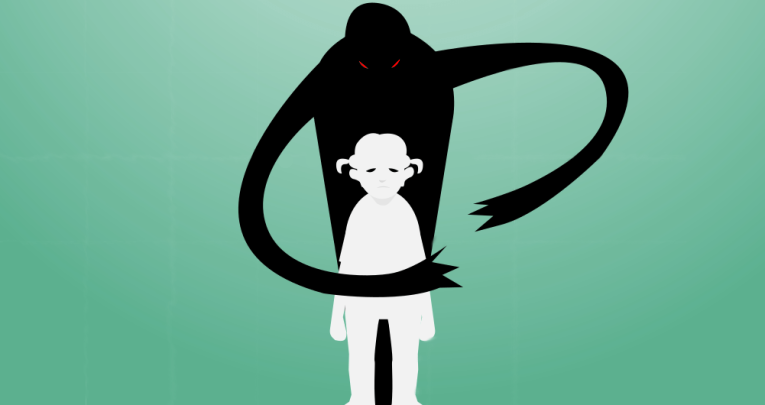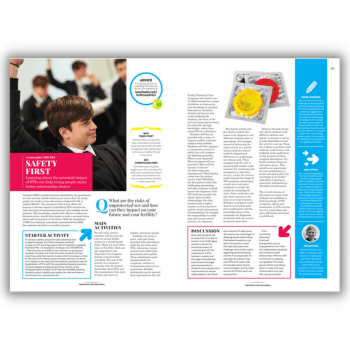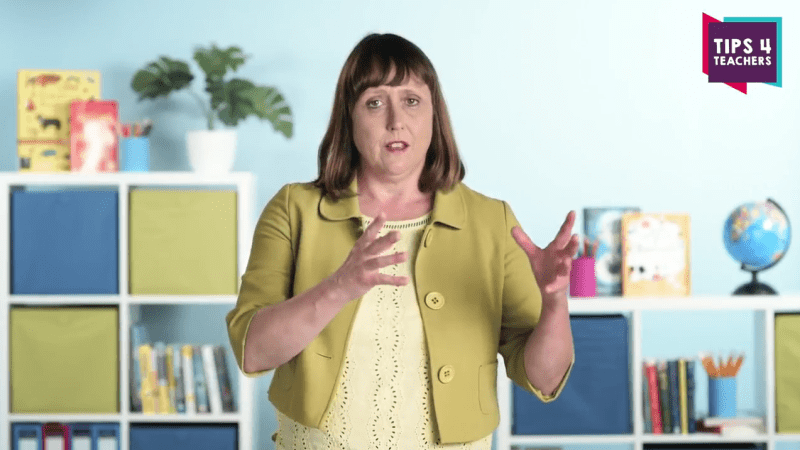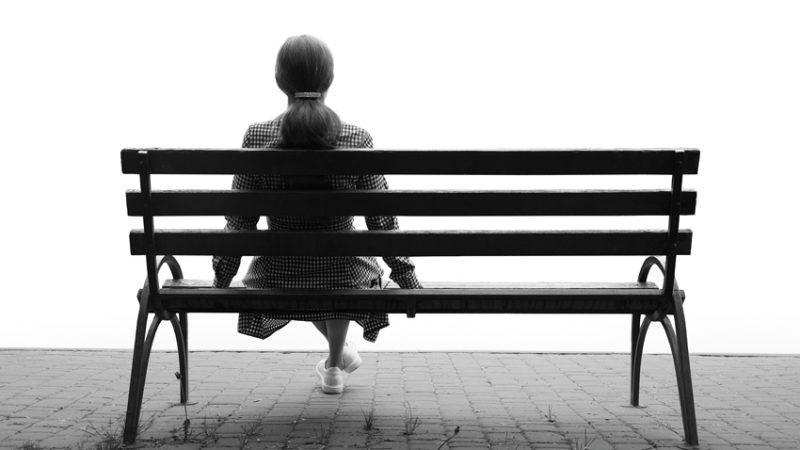Understanding anxiety in secondary school students

For some young people, the brain’s natural response to stressful situations can spiral out of control, affecting their learning and their life, says Anna Williamson…

Most young people will experience times in their lives when they feel anxious; it’s a perfectly natural, normal reaction to stress and worry.
In fact, it’s the brain’s way of signalling that things are becoming too much, and it can help us deal with tense or overwhelming situations.
It’s like a built-in panic button that is essentially there to protect us: heart rate can rise and adrenaline increases, enabling us to focus and function on high alert.
This is rather useful when being chased by a dog, for instance, or wanting to do well in an exam, as the desired outcome is to protect oneself and perform well – whether through running fast to escape the dog, or being on form to ace the test.
It’s important, therefore, to remember that a certain amount of anxiety is helpful, and feeling anxious is an important, spontaneous response to keep us safe.
However, this built-in protective mechanism becomes more of a hindrance than a help when prolonged or intense emotional stress goes undetected or unchallenged, especially in the context of a school setting.
There may be upsetting or traumatic situations in the past that have been stored away and buried in the subconscious mind that threaten to resurface at times and present as anxiety, which is scary and confusing for the sufferer.
What does it look like?
Anxiety can present in various ways – these are some typical symptoms teachers can look out for, and perhaps ask parents about if concerns are being raised by colleagues regarding a particular student:
- becoming irritable or other noticeable mood changes
- seeming withdrawn
- aggressive behaviour
- obsessive behaviour (over such as homework, timings, performing well, hygiene)
- constant worrying
- anxiety/panic attacks
- feeling physically ill (such as headaches, stomach aches, nausea)
- poor focus
- avoidance
- crying
For a young person experiencing feelings of anxiety, it is a very real, very scary and often debilitating time.
Coping is about so much more than simply being able to ‘pull oneself together’, and the key to helping that young person is to respect and accept how they are feeling, and validate what is going on for them.
How can you help?
Identifying the trigger or cause for why an individual is feeling anxious is key in being able to help and support them. There are many reasons why young people might be experiencing anxiety – these could include:
- Family issues: family breakdown, conflict, changes, arguments
- Friendships and peers: bullying, pressure, competitiveness
- Loss and bereavement: death, family changes, moving house/school
- Social issues: drugs, worrying about the news, war, terrorism, social media
- School: exam stress, pressure, competitiveness, fitting in.
One size doesn’t fit all – we are all different, and everybody will experience anxiety in their own, unique way. And because no experience will be exactly the same, no cure will be the same either.
This can make it tricky to know how to support somebody best. The key is to be led by the young person – ask them what they need and how you can help support them best.
Some people like to talk; some people like to have space to reflect and work through their feelings. Be non-judgemental and where possible, exercise confidentiality to help build trust.
Go at the young person’s pace and keep checking in on what they need and how you can best help. And never underestimate the importance of listening; actively listening (giving the person your full attention) is such an effective way of allowing somebody to trust in you and your caring intentions.
Sound strategies
Breathing exercises, physical exercise or hobbies away from technology, managing day-to-day expectations and tapping into home support networks – these are all really useful ways to help eliminate feelings of anxiety.
Letting a young person know that they are not alone, and that they can talk through what is going on for them with you, will absolutely help in reducing those intense feelings.
It is also important for you, as their caregiver or teacher, to take care of your own emotional health. Ensure you have a support system of your own in place, so you are able to debrief regularly and offload any of your own feelings.
Collaborating with the young person’s parents and/or caregiver is also vital in helping everybody feel supported. Family and school are the main areas a child can seek support from – it is essential that everybody works together.
Student voice: “You can feel like the world is collapsing around you”
 “Did you know that as many as one in six young teens suffer from severe anxiety? This means up to five people just in your classroom may be living with it. And although it may be hard to understand how we are feeling and why we might be acting the way we are, in times of need or difficulty, we need teachers to be there to help us through our troubles and give us an escape from the craziness inside the classroom.
“Did you know that as many as one in six young teens suffer from severe anxiety? This means up to five people just in your classroom may be living with it. And although it may be hard to understand how we are feeling and why we might be acting the way we are, in times of need or difficulty, we need teachers to be there to help us through our troubles and give us an escape from the craziness inside the classroom.
I can tell you from my own personal experiences, when I was in need of help, I felt that my school didn’t give this to me very well. Looking back now, I wonder whether this was because teachers like you are not able to understand how a child like me, suffering with anxiety, is feeling. I decided to speak out about it, and let a trusted adult outside of school know how I felt. In this way, I was able to get help and support from my school after trying and procrastinating many times.
Anxiety is indescribable. One minute you may be feeling great and within seconds you can feel like the world is collapsing around you and you go into a state of panic. Sometimes this is hidden inside and nobody is able to tell how you are feeling, which is why I think that teachers should be more aware and understanding about what is happening within the mind of someone suffering with anxiety.
By being more understanding, this allows pathways to open in our minds and we suddenly feel able to connect and talk to you teachers about our feelings. By being more understanding, it makes you as a teacher more approachable to students like us. By being more understanding, it reduces our anxiety and stops us students feeling worried about asking for help.”
Maisie Harris, Y9, Honywood School, Essex
Anna Williamson is the author of How Not to Lose It: Mental Health Sorted, out now in paperback and ebook (Scholastic). Follow her on Twitter at @awilliamsonTV.












